Increased Focus on Health and Wellness
The Camping Equipment Market is significantly influenced by the rising emphasis on health and wellness. As individuals become more health-conscious, many are turning to outdoor activities as a means of improving physical and mental well-being. Camping, in particular, offers a unique opportunity to disconnect from technology and reconnect with nature, which is increasingly valued in today's fast-paced society. This trend is reflected in the growing sales of camping gear that promotes active lifestyles, such as lightweight tents and portable cooking equipment. The Camping Equipment Market is likely to see sustained growth as more consumers prioritize their health and seek outdoor experiences that align with their wellness goals.
Rising Outdoor Recreation Participation
The Camping Equipment Market experiences a notable surge in demand as outdoor recreation participation rises. Recent data indicates that approximately 50% of the population engages in outdoor activities, including camping, hiking, and fishing. This trend is driven by a growing appreciation for nature and the desire for physical activity. As more individuals seek to escape urban environments, the need for camping equipment becomes increasingly pronounced. This shift not only boosts sales of traditional camping gear but also encourages innovation in product design and functionality. The Camping Equipment Market is thus positioned to benefit from this expanding consumer base, as manufacturers respond to the evolving preferences of outdoor enthusiasts.
Technological Advancements in Equipment
The Camping Equipment Market is undergoing a transformation due to rapid technological advancements. Innovations such as smart tents, solar-powered gear, and lightweight materials are reshaping consumer expectations and experiences. For instance, the introduction of smart camping equipment that integrates with mobile applications allows users to monitor weather conditions and track their camping activities. This technological integration not only enhances convenience but also appeals to a tech-savvy demographic. As manufacturers continue to invest in research and development, the Camping Equipment Market is poised for growth, driven by the demand for high-tech solutions that improve outdoor experiences.
Sustainability and Eco-Friendly Products
The Camping Equipment Market is increasingly shaped by consumer demand for sustainability and eco-friendly products. As awareness of environmental issues grows, many campers are seeking gear that minimizes ecological impact. This trend has led to the development of biodegradable tents, recycled materials, and sustainable manufacturing practices. Companies that prioritize sustainability are likely to gain a competitive edge in the Camping Equipment Market, as consumers are more inclined to support brands that align with their values. This shift not only reflects changing consumer preferences but also encourages the industry to innovate in ways that promote environmental stewardship.
Diverse Demographics and Market Segmentation
The Camping Equipment Market is characterized by diverse demographics and market segmentation. As camping becomes more popular among various age groups, including millennials and families, manufacturers are adapting their product offerings to cater to these distinct segments. For example, family-oriented camping gear, such as larger tents and child-friendly equipment, is gaining traction. Additionally, the rise of glamping, or glamorous camping, has introduced a new consumer base seeking luxury camping experiences. This diversification within the Camping Equipment Market presents opportunities for brands to tailor their marketing strategies and product lines, ultimately driving growth and expanding market reach.


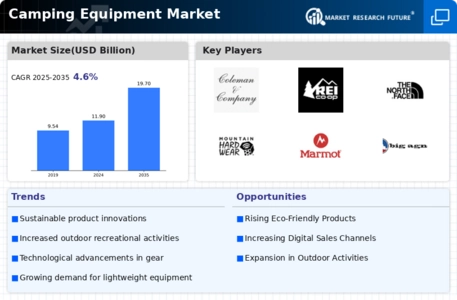
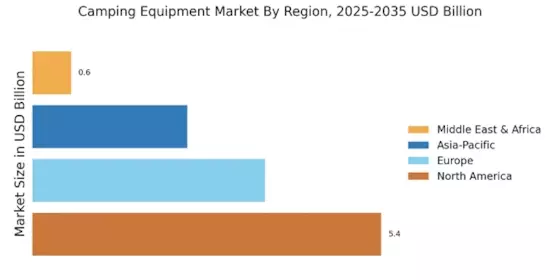
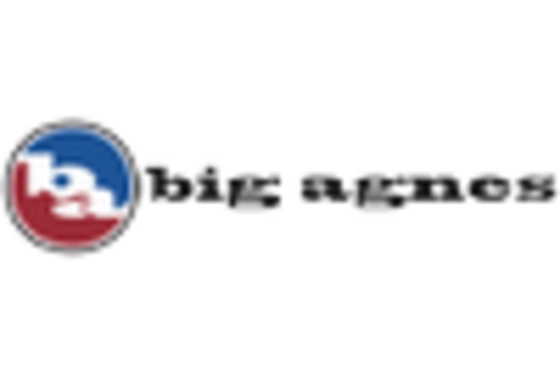
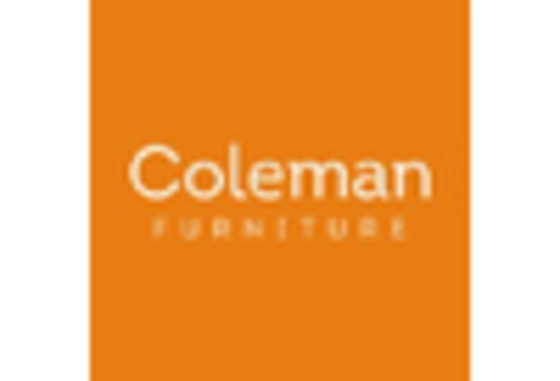
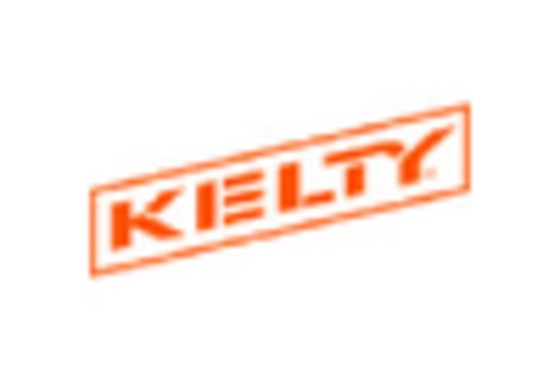
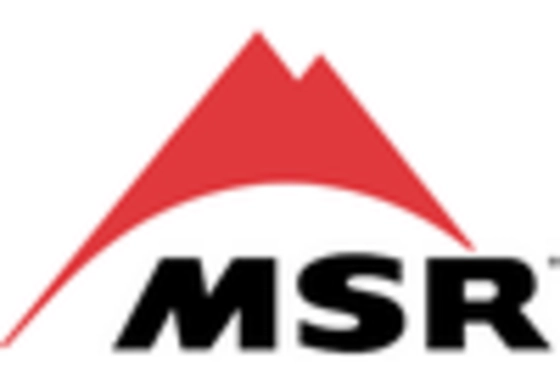

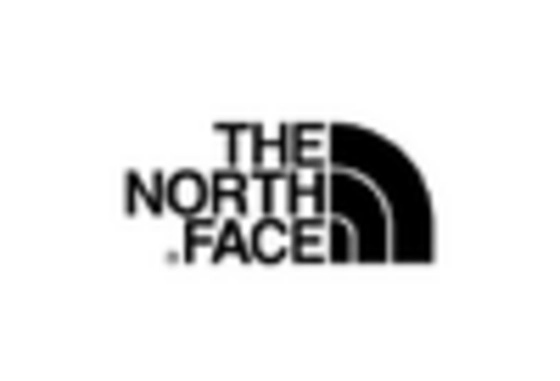








Leave a Comment